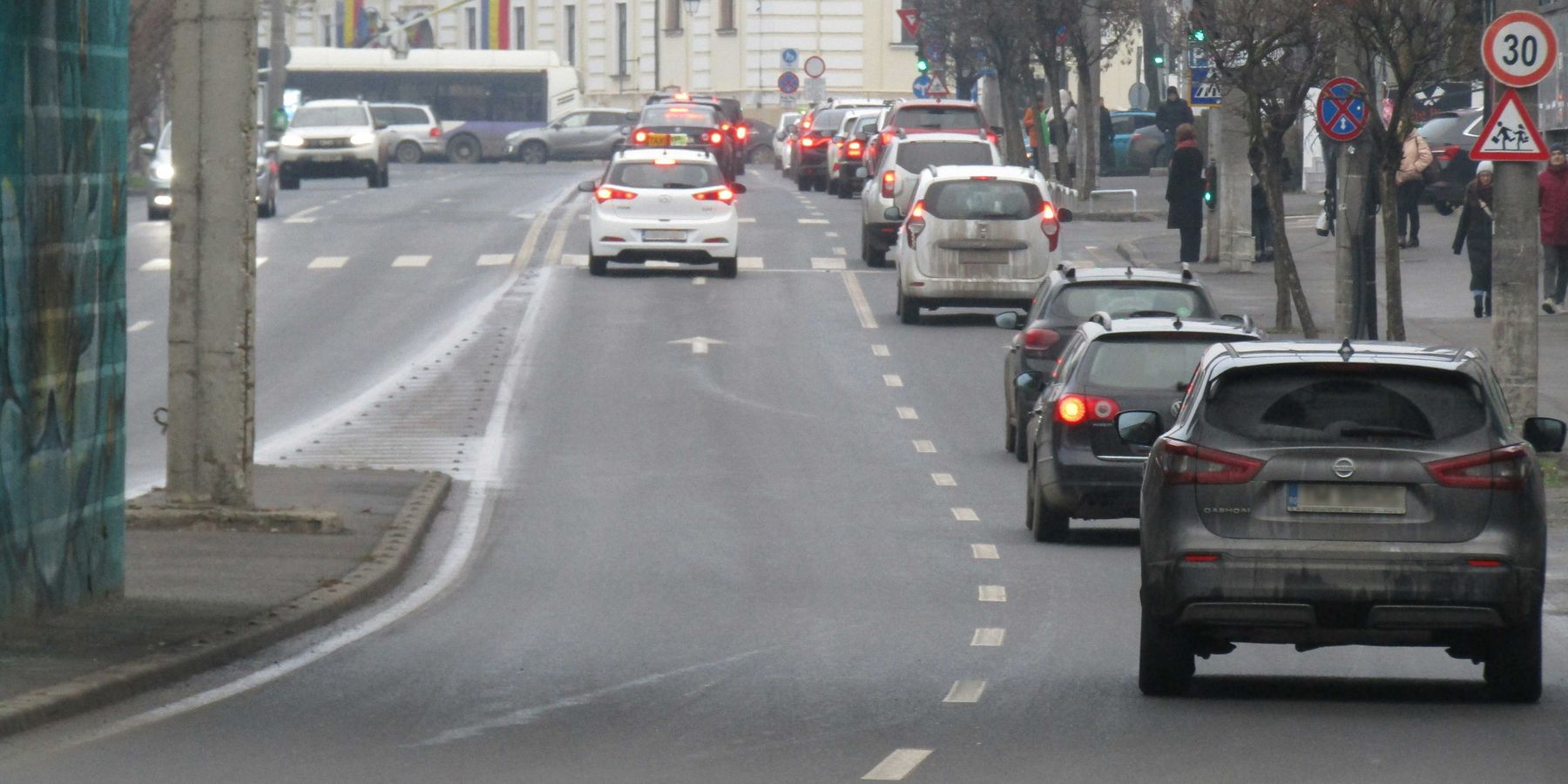EV infrastructure challenges for rural and Indigenous communities
Indigenous communities face significant challenges in adopting electric vehicles due to inadequate infrastructure, but advocates see potential solutions to bridge the gap.
Julia-Simone Rutgers reports for The Narwhal.
In short:
- Electric vehicles (EVs) are growing in popularity, but rural and remote areas lack charging infrastructure.
- Indigenous communities are particularly impacted by infrastructure deficits, including poor roads and unreliable electricity.
- Advocates like Kent Heinrich and Jessica Tait push for improved EV infrastructure to support these areas.
Key quote:
“If the charging infrastructure is not there, if it’s not reliable, that will impact businesses, job opportunities, people connecting with family, food; it will impact just about anything you use your vehicle for.”
— Jessica Tait, sustainable transportation manager, Indigenous Clean Energy
Why this matters:
Bridging the EV infrastructure gap in rural and remote communities can help reduce carbon emissions and support sustainable development. Enhanced infrastructure also addresses broader issues of access and equity for Indigenous populations.
Related EHN coverage:













